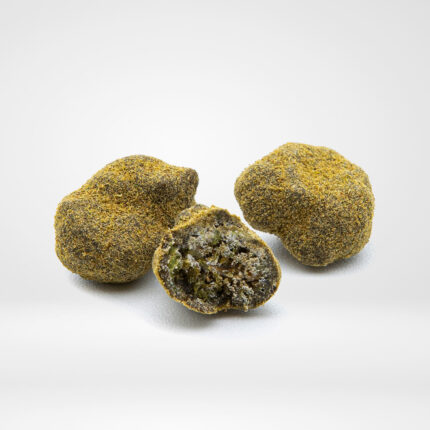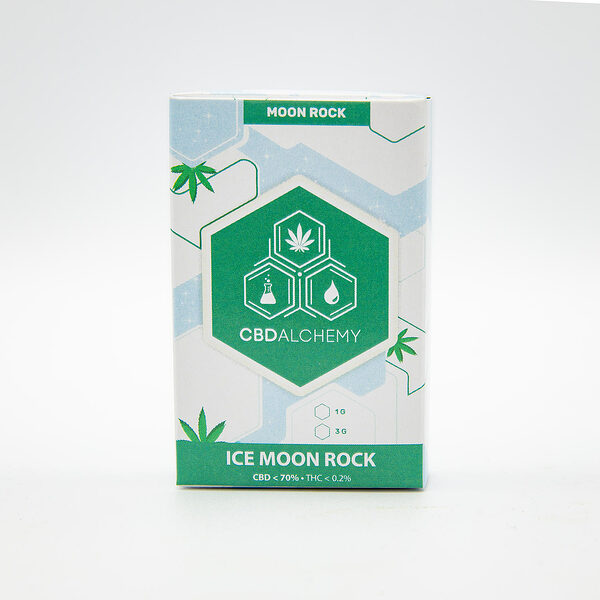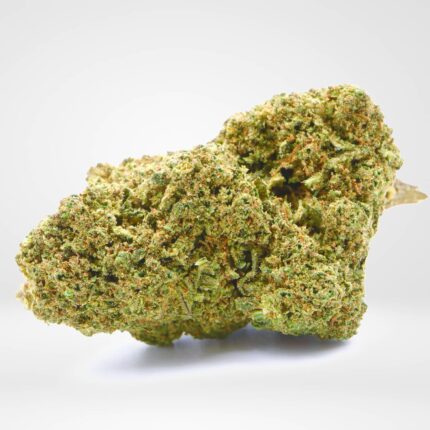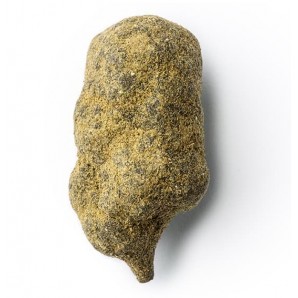🌕 Exploring Moon Rocks in Germany: A Journey into Lunar Discovery
Have you ever wondered what secrets lie within the mysterious moon rocks brought back from outer space? In Germany, the fascination with lunar materials goes far beyond curiosity—it’s part of a long-standing scientific tradition. From world-class research centers to public museum exhibits, Germany offers one of the best places in Europe to explore the wonders of moon rocks.
What Exactly Are Moon Rocks?
Moon rocks are samples collected from the lunar surface during space missions—most notably the NASA Apollo missions between 1969 and 1972. These extraterrestrial stones are priceless scientific treasures that provide direct evidence about the composition, age, and geological history of the Moon. Through detailed study, researchers can learn how the Moon formed, how it has evolved, and what it reveals about the early solar system.
Each rock tells a unique story—some are ancient basalt formed from volcanic lava flows, while others are fragments created by powerful meteor impacts billions of years ago.
Germany’s Role in Lunar Research
Germany has been deeply involved in space science and lunar exploration for decades. The country’s scientists have contributed significantly to the study of moon rocks and planetary materials, helping uncover the Moon’s origins and evolution.
Institutions such as the Max Planck Institute for Solar System Research and the German Aerospace Center (DLR) are renowned for their cutting-edge work in planetary geology and astrochemistry. German researchers collaborate closely with international space agencies, including NASA and the European Space Agency (ESA), to study lunar samples and simulate Moon-like environments in laboratories.
Their findings have not only advanced lunar science but also deepened our understanding of Earth’s own geological history, since both bodies share common origins.
Where to See Moon Rocks in Germany
If you’re eager to witness actual moon rocks, Germany has several remarkable destinations where you can do just that.
One of the most famous is the Deutsches Museum in Munich, home to an authentic moon rock sample from the Apollo missions. Visitors can see the stone up close and learn about the incredible journey it took from the lunar surface to Earth.
Other locations, such as space-themed exhibits and science museums across Berlin, Bremen, and Cologne, also feature interactive displays, models, and information about lunar exploration and research. These attractions make lunar science accessible and inspiring to both children and adults.
How Scientists Study Moon Rocks
In German laboratories, moon rocks undergo state-of-the-art analysis techniques, including spectroscopy, X-ray diffraction, and isotopic dating. These studies help scientists determine the chemical composition, age, and origin of each rock.
By examining trace elements and isotopes, researchers can uncover how the Moon’s surface has been shaped by billions of years of impacts, volcanic activity, and solar radiation. This information not only helps map lunar evolution but also guides future space missions aimed at returning to the Moon.
Why Moon Rocks Matter
Moon rocks are far more than museum curiosities—they are keys to unlocking the story of our solar system. Through their study, scientists gain vital clues about the formation of planetary bodies, the early conditions of the solar nebula, and even the potential for human settlement on the Moon.
For the public, they offer an awe-inspiring connection to space exploration—a tangible reminder that humanity has walked on another world.
Final Thoughts
Exploring moon rocks in Germany is more than a scientific pursuit—it’s a journey through time and space. Whether you’re a space enthusiast, a student, or simply curious about our cosmic origins, Germany offers incredible opportunities to learn about lunar science firsthand.
So next time you’re in Munich or near one of the country’s science museums, take a moment to stand before a real moon rock. It’s a breathtaking reminder of how far human curiosity—and German science—has reached beyond our own planet.
| g |
5g ,10g ,20g ,30g ,50g |
|---|


MAECENAS IACULIS
Vestibulum curae torquent diam diam commodo parturient penatibus nunc dui adipiscing convallis bulum parturient suspendisse parturient a.Parturient in parturient scelerisque nibh lectus quam a natoque adipiscing a vestibulum hendrerit et pharetra fames nunc natoque dui.
ADIPISCING CONVALLIS BULUM
- Vestibulum penatibus nunc dui adipiscing convallis bulum parturient suspendisse.
- Abitur parturient praesent lectus quam a natoque adipiscing a vestibulum hendre.
- Diam parturient dictumst parturient scelerisque nibh lectus.
Scelerisque adipiscing bibendum sem vestibulum et in a a a purus lectus faucibus lobortis tincidunt purus lectus nisl class eros.Condimentum a et ullamcorper dictumst mus et tristique elementum nam inceptos hac parturient scelerisque vestibulum amet elit ut volutpat.
Related products

Buy Black Cherry Moonrock
€25.00 – €135.00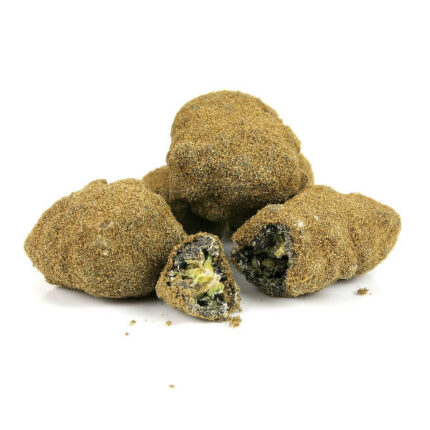
Buy CBD Moon rock online
€25.00 – €135.00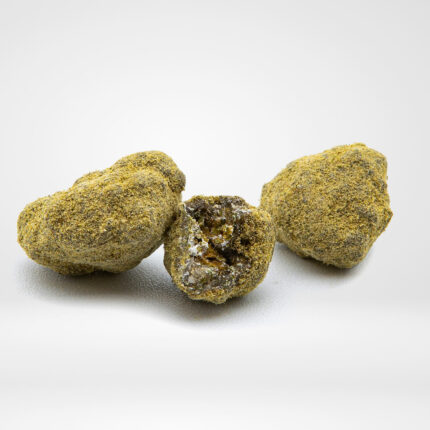
Buy CBG Moon Rock
€25.00 – €150.00